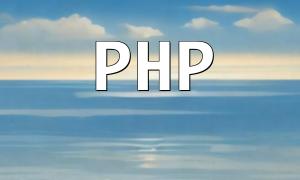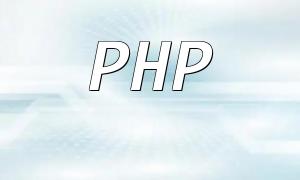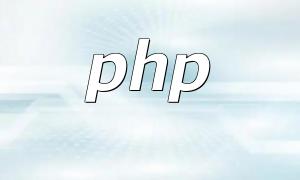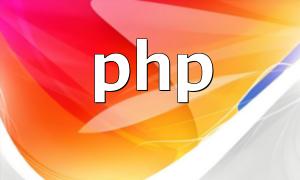Service-Oriented Architecture (SOA) has gradually become mainstream in the PHP ecosystem, enabling complex applications to be broken down into loosely coupled service modules. In recent years, containerization and serverless architecture have provided highly efficient solutions for implementing SOA.
Containerization is a lightweight method for packaging and distributing software. It encapsulates applications and their dependencies into portable containers, allowing cross-platform deployment without worrying about underlying infrastructure.
With container orchestration tools such as Kubernetes, managing and deploying containerized SOA services becomes easier. The following example demonstrates a basic configuration for building a PHP-MySQL service with Docker and deploying it via Kubernetes:
apiVersion: apps/v1
kind: Deployment
metadata:
name: php-mysql
spec:
selector:
matchLabels:
app: php-mysql
template:
metadata:
labels:
app: php-mysql
spec:
containers:
- name: php-mysql
image: php:7.4-apache
command: ["/usr/sbin/apache2ctl", "-D", "FOREGROUND"]
ports:
- containerPort: 80
strategy:
rollingUpdate:
maxSurge: 25%
maxUnavailable: 25%Serverless architecture is a usage-based computing model that allows deployment and operation of applications without managing servers. In the PHP ecosystem, AWS Lambda is a common serverless solution that supports event-driven functions integrated with SOA.
The following example shows a PHP Lambda function that processes messages from an Amazon SQS queue:
namespace App\Functions;
use Aws\Sdk;
use Exception;
function sqs_handler($event)
{
try {
$sdk = new Sdk([
'region' => getenv('AWS_REGION'),
'version' => 'latest'
]);
$sqsClient = $sdk->createSqs();
$result = $sqsClient->listQueues();
return $result->toArray();
} catch (Exception $e) {
return [
'error' => $e->getMessage()
];
}
}Taking an e-commerce website’s order processing workflow as an example, the system combines SOA, containerization, and serverless architecture, and can be broken down into multiple independent services:
These services can be developed and deployed as individual containerized components, communicating via message queues such as Kafka or RabbitMQ. Serverless functions can handle asynchronous tasks, like order confirmation and shipment notifications, enhancing system scalability and reliability.
Containerization and serverless architecture provide efficient solutions for PHP SOA implementation. Proper use of these technologies allows building scalable, maintainable, and cost-effective distributed applications that meet the demands of modern complex business scenarios.









